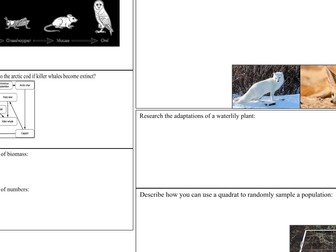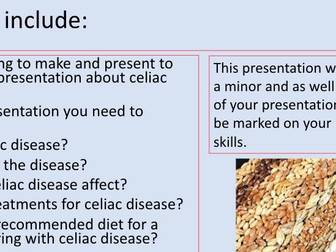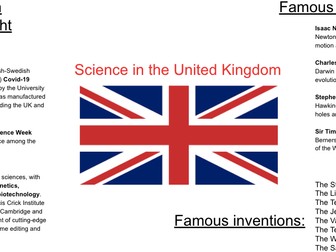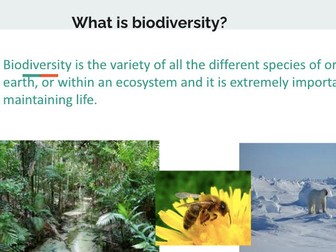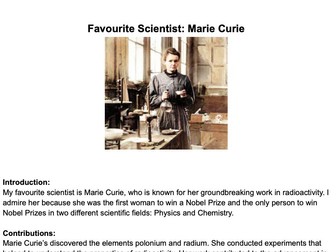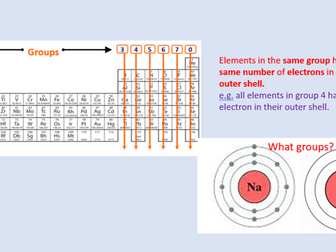Ecosystems Revision Mat
<p>This activity focuses revision on the Ecosystem topics: food webs; food chains; animal adaptations; habitats; random sampling; plant adaptations; pyramids of number; and pyramids of biomass. It encourages students to revise and have all of the key information on one sheet.</p>
